Opens today | See the beauty of the Edo period and enjoy the aesthetics of Eastern life
日期:01-27-2024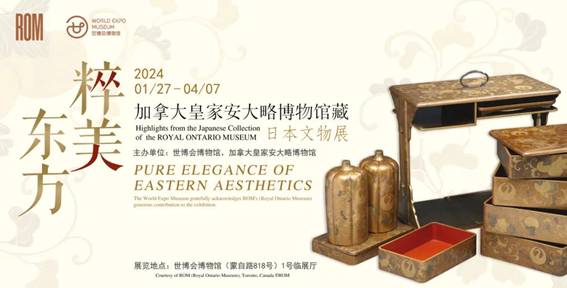
Today, "Pure Elegance of Eastern Aesthetics - The World Expo Museum gratefully acknowledges ROM's generous contribution to the exhibition" officially opens.
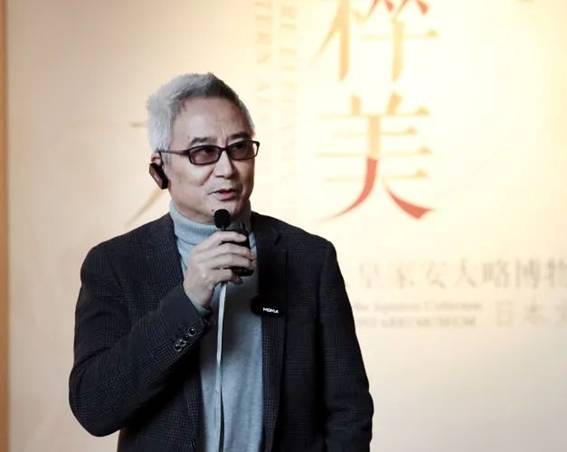
the Royal Ontario Museum of Canada
Professor Shen Chen, Chief Curator of Art and culture
Professor Shen Chen, chief curator of art and culture at the Royal Ontario Museum in Canada, introduced the overview of the exhibition, and he mentioned that he hoped that the audience could not only see the beauty of the artifacts from this exhibition, but also think about the historical context of cultural integration behind the exhibits, and have their own thoughts about this cross-cultural exhibition.
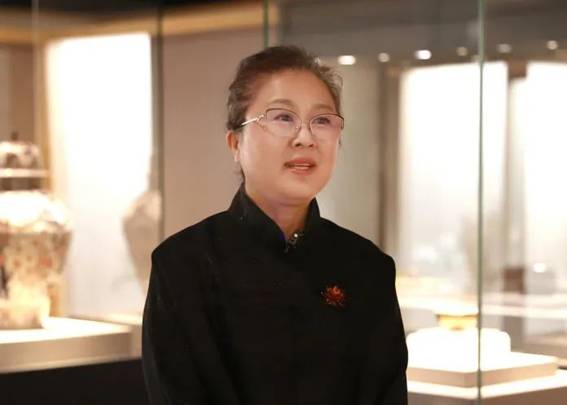
Liu Wentao, curator of the World Expo Museum
Liu Wentao, curator of the World Expo Museum, said in an interview with the media that the exhibition is in line with the positioning of the World Expo Museum, which is a cross-cultural exchange exhibition and reflects the aesthetics of life in Japan's Edo period. The World Expo Museum is dedicated to guiding people to pursue a better life. Looking back on the development history of the World Expo in the past 170 years, whether it is a wide variety of commodities, or a variety of inventions to promote human progress, all express the world's yearning for a better future. The influential Shanghai World Expo proposed that cities make life better, and how people in cities can make their lives more aesthetic. These exhibits are both aesthetic and practical, hoping to have some inspiration for the public's better life at present.
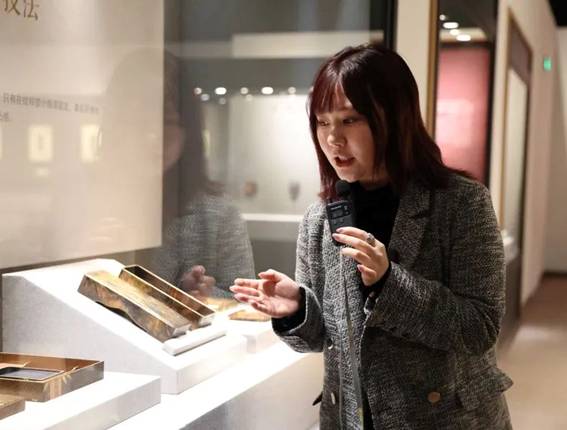
Content planner, Luo Yunqing guided tour
Lands apart, sky shared
The charm of museum exhibitions is that the exhibits are physical evidence, and you can use them to appreciate the cultural meaning behind them.
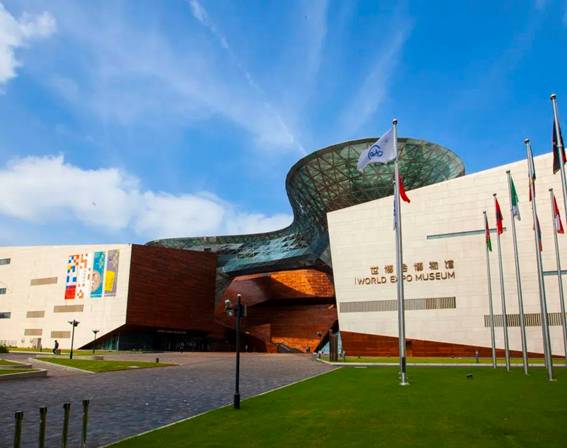
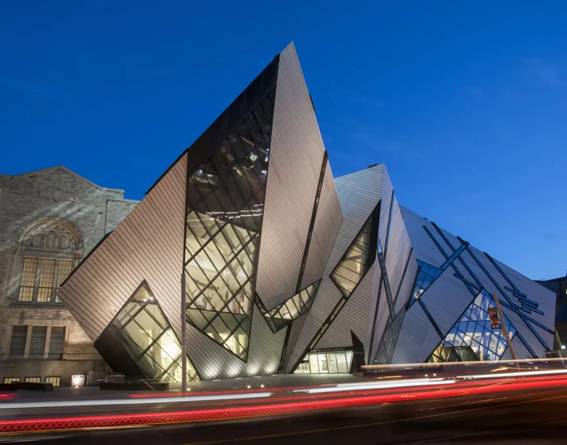
The World Expo Museum has partnered with the Royal Ontario Museum (ROM), one of the top ten cultural institutions in North America and Canada's largest museum with a leading international perspective, to present the aesthetics of life in Japan's Edo period and its connection with Chinese culture through 91 exhibits.
This is the first time that the Royal Ontario Museum of Canada has cooperated with a museum in Shanghai.
Zen in Tea
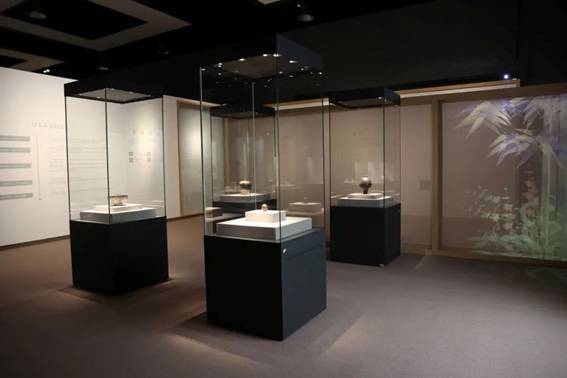
“Zen in Tea” exhibition area
China is the earliest country to plant tea, make tea and taste tea, and has deep history in our country. The core of Chinese tea culture, influenced by Taoism, Confucianism, Buddhism and other philosophical thoughts, has become a carrier to enhance the spiritual world, reflecting the way China gets along with the world.
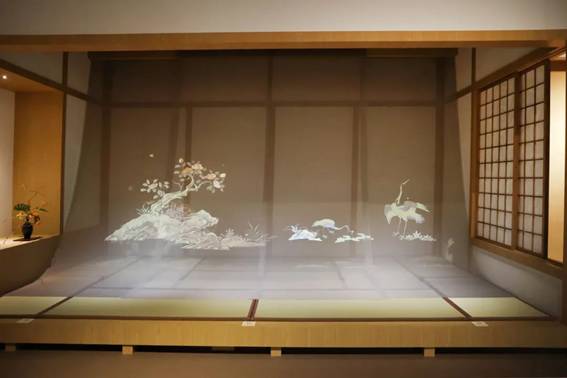
The Elegant House
The first unit exhibits tea cans, vases, incense boxes, teahouse utensils, etc., showing the basic idea and spirit of Japanese tea ceremony.
With the introduction of Zen Buddhism into Japan, Chinese tea culture has formed a cultural activity with multiple elements of religion, art and culture after integrating the local social life in Japan. It is also a pulse culture of Buddhist thought -- tea ceremony is not only a tea drinking ceremony, but also a way of aesthetic experience and spiritual cultivation.
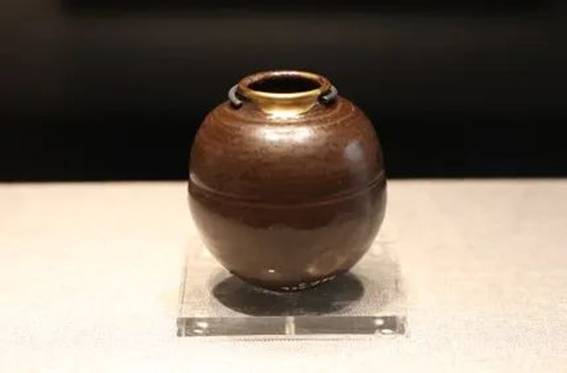
Karamono Tea Caddy (originally made in China)
Edo Period (1603-1868)
The restoration of the gold paint along the mouth of the tea pot is called Jinzuo, suggesting the importance of the piece and the care that the previous owner had for it. This type of tea pot is originally produced in China and is called Tang Wu ("something from China") and is very popular among tea ceremony people. The relatively compact form and thin walls covered with a common dark brown glaze are often characteristic of Tang tea cans.
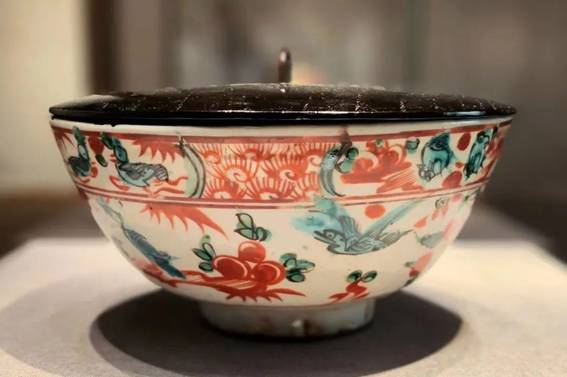
Swatow Ware Bowl with Japanese lacquered cover
Ming Dynasty (1368-1644)
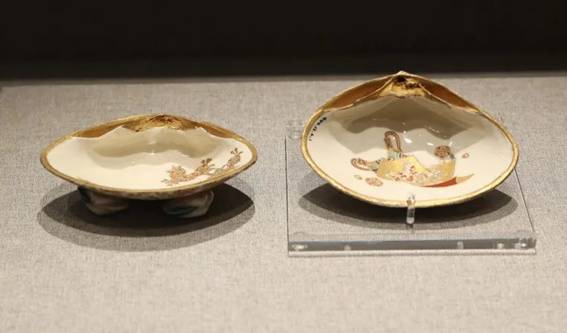
Pomander
19th century
In the tea room, the tea master's flower arrangement pays attention to coordination with the surrounding environment, the small incense box is used to store incense or incense wood, and the tea master will throw incense into the fire before the charcoal point. In the process of creating a peaceful and purifying state, the tea masters are always ingenious, and the utensils used in the tea room reflect certain Zen teachings.
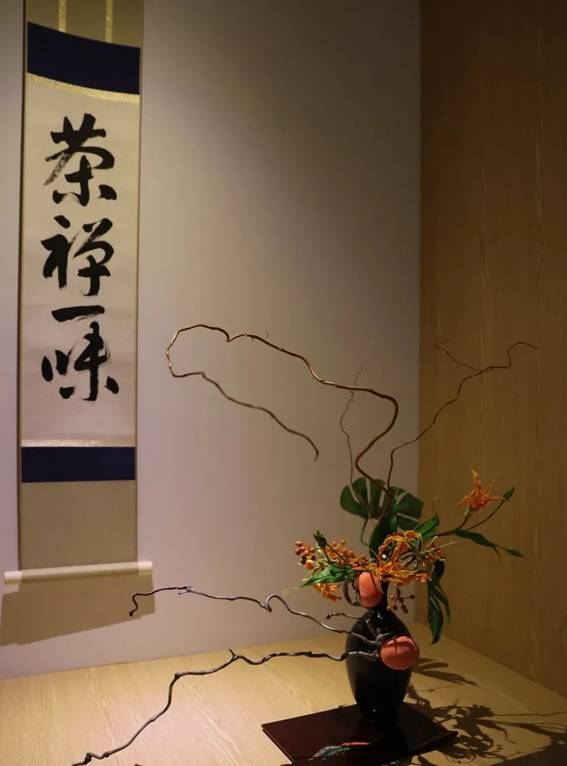
Japan is very particular about the tea ceremony appliances and there are many kinds of tea ceremony utensils. Japan's 47 prefectures, the production of different ceramics. They are made of the local clay and fired to be shaped. The way of manufacture is known as “yaki” in Japanese. As a result, most of them are named by "origin name + shao", such as "woven yaki,""Seto yaki,""Mino yaki " and so on. The first unit showcases Karatsuyaki, Kyokiyaki, Hizenyaki, Mino yaki, Seto yaki, Satsuma yaki, Rakuyaki etc.
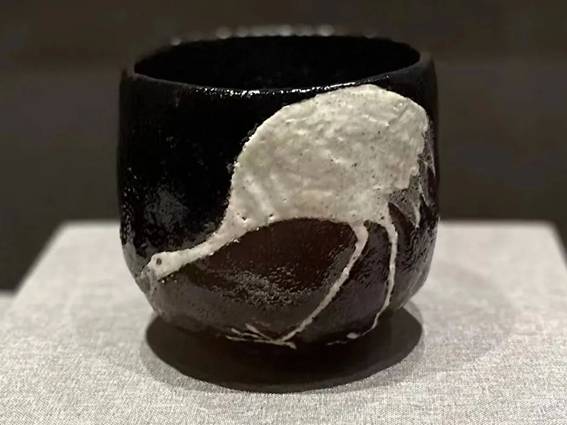
Black Raku with Crane and Turtle
Takahashi Dōhachi III (1811-1879)
Edo Period(1603-1868)
The raku tea bowl was invented by tea ceremony master Chirikyu (1522-1591). He wanted to create hand-thrown, thick-glazed pottery in line with his philosophy of country tea, as opposed to the previously popular flawless Chinese porcelain. While the Raku family has passed on their tradition to the present, many other potters, including three generations of Takahashi Dohachi, have used the same type of glaze seen here. This special tea bowl is made with a black raku glaze and decorated with a simple pattern of a crane on the outside and a turtle on the inside - a symbol of longevity and a homey flavor.
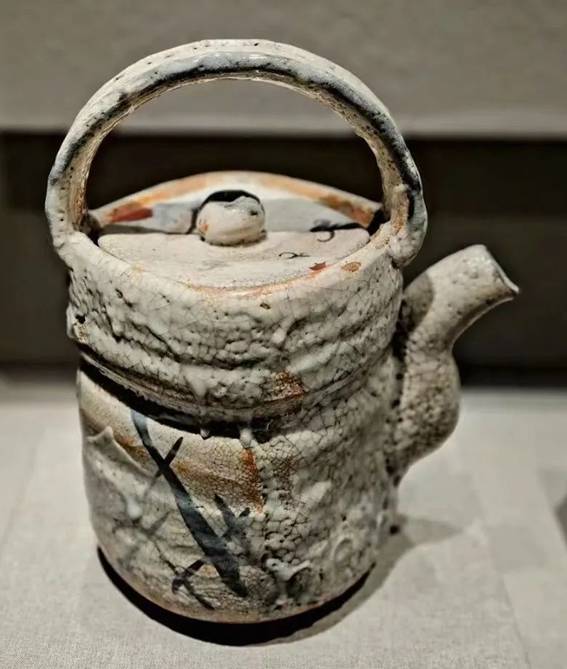
Kettle
Edo - Meiji Period (1603-1912)

Vase
19th century
Decorating everyday life
On the basis of learning and drawing lessons from Chinese traditional culture, Japan creates traditional artifacts with Japanese native customs through the integration and absorption of local culture. The decoration of daily necessities and the presentation of works are mostly based on the scenery of nature; People's pursuit and love for traditional drama reflects the taste and aesthetic psychology of popular culture at that time.
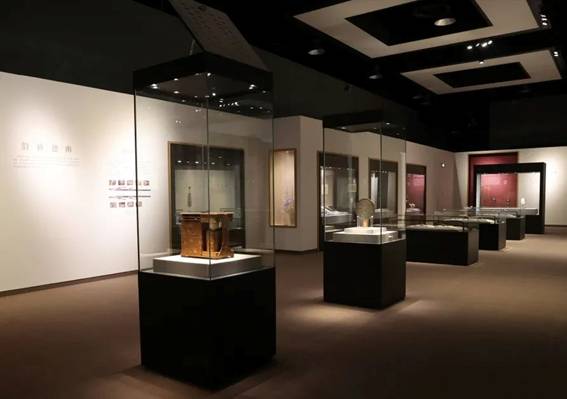
When Chinese lacquerware entered the golden age, Japanese lacquerware was just beginning. Under the influence of Chinese lacquerware culture, Maki-e techniques became mature during the Heian period (794-1192 AD) and reached its peak during the Edo period (1603-1867 AD).
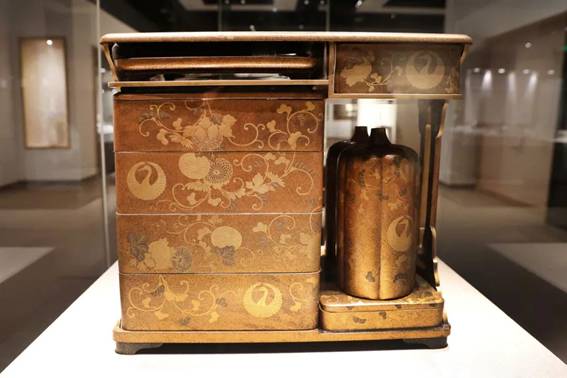
Picnic Set
Edo Period (1603-1868)
In the middle Edo period, when people went to seasonal parties or festivals, such as cherry blossoms, Mid-Autumn Festival, and theater, they would take food boxes to picnics. It was a portable picnic kit made of lacquered wood, consisting of small plates, sake bottles, and tiered food boxes that could hold four or five food items, all fixed to the shelf. The food box is decorated with the family crest of a circle of cranes in golden pill painting, indicating that it is part of the wedding furniture.
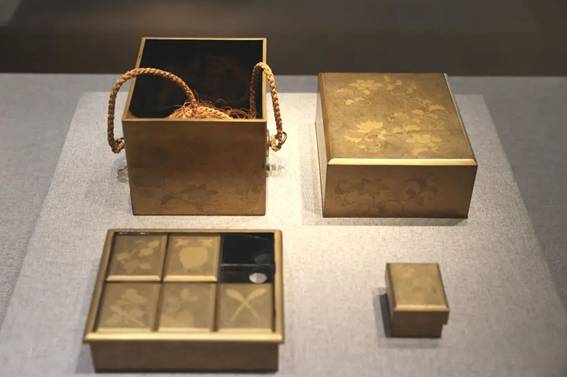
Fragrance Set
18th century
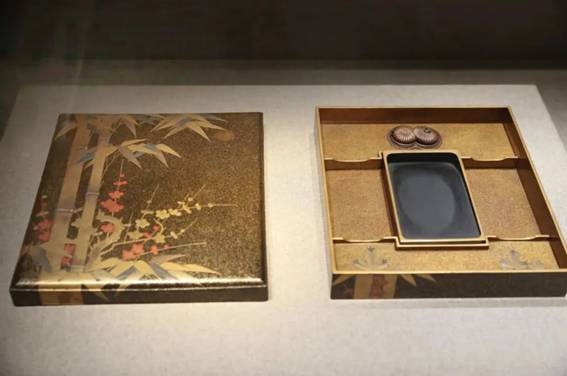
Writing Box with Bamboo
19th century
The Inki cage on display in the second exhibition area was originally used to store seals and evolved into a container for storing medicine in the waist during the Edo period.
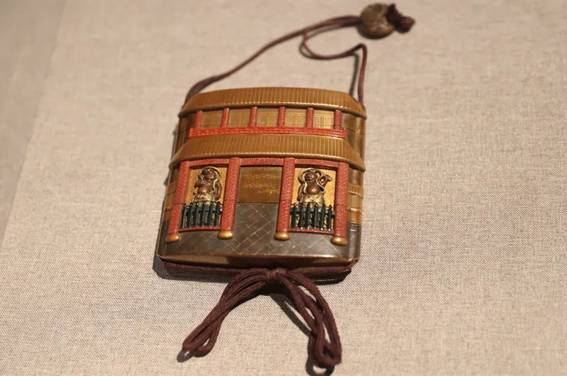
Cage
19th century
This piece of cage is a three-stage structure, the front of which depicts the King of Ren like a mountain gate. In Japan, the king of Ren is also called Vajra, the Buddha with a closed mouth is shaped like a, the Buddha with an open mouth is shaped like a moo, and in Chinese folk, it is known by the name of the two generals of Hemha. The back of the cage depicts pine trees in the mountains, suggesting that the temple was built deep in the mountains. There is a thread at the end of the rope, engraved with Tang grass, cranes and other patterns.
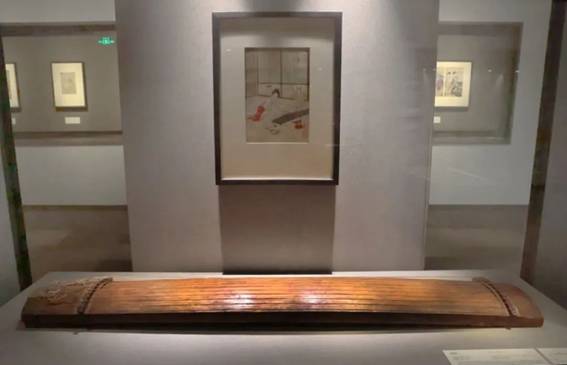
Koto
19th century
Opera and music occupy an important position in the Edo period, whether it is the Japanese classical drama such as rhapsodo, Noh drama, Kabuki, etc., or the performance of Japanese traditions and Musical Instruments, they have become both elegant and popular arts. The exhibition displays masks, piano and other objects used in Noh opera.
From screen to prints
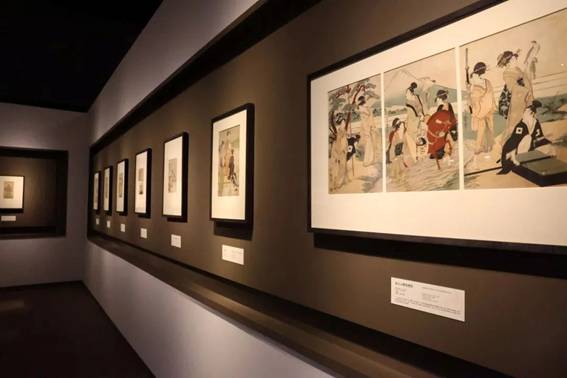
“From Screen to Prints” Exhibition Area
Ukiyo-e is a highlight of Edo period culture, an important symbol of Japanese vulgar culture, and also known as the epitome of Edo life. The themes of Ukiyo-e include landscapes, actors, historical stories, etc., which is one of the important carriers of information, just like the "encyclopedia" of the Edo period.
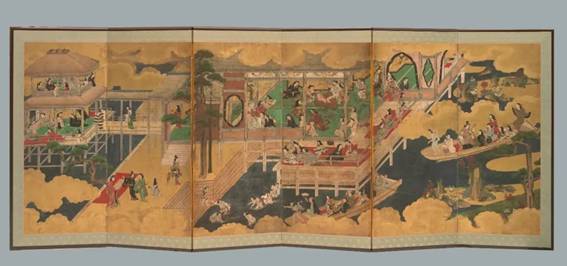
Merrymaking (Teinai yuraku zu)
Edo Period(1603-1868)
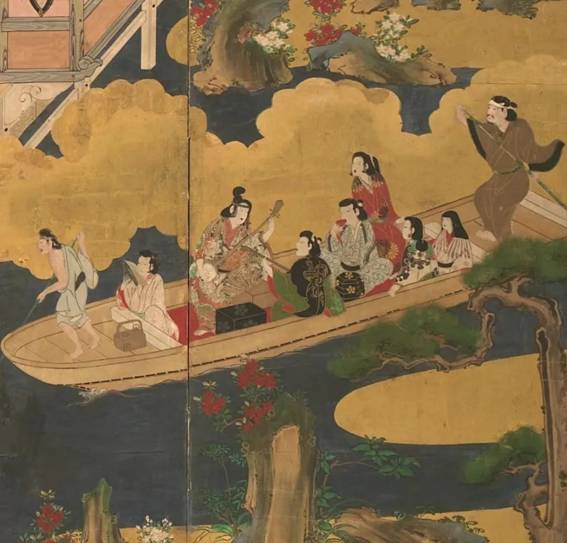
This single screen depicts scenes of recreational activities such as drinking, singing and boating in a fictional setting. The people in the picture have a happy expression. Such colorful paintings of secular scenes by unofficial, non-academic painters were popular at the beginning of the Edo period (1603-1868) among those who wanted to share a sense of pure pleasure without political or religious intent. This attitude and style of painting later developed into Ukiyo-e woodblock prints, which literally means the ups and downs of the world, representing the popular culture of the Edo period.
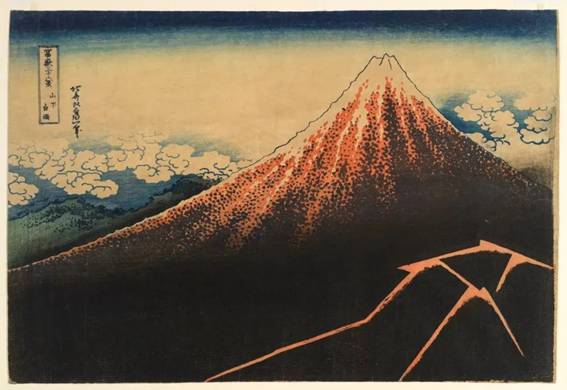
Sudden Shower Below the Mountain (Fuji in a Storm)
Katsushika Hokusai (1760-1849)
Edo Period(1603-1868)
Katsushika Hokusai is one of the most famous Japanese artists, and the series of Thirty-Six Views of Mountain Fuji is his most famous work. This print depicts Mount Fuji in a more serious way as a thunderstorm approaches. It is called "black Fuji", because the mountain tone is sharp and deep. Another painting in the same series with a similar composition is called "Akifushi" because of its more serene brushwork depicting Mount Fuji under a clear sky.
With the spread of Western painting represented by oil painting to the east, modern Japanese artists continued the development of Japanese art by learning SLATE and copper engravings from the West, combining modern Western culture with traditional Japanese culture and basing themselves on tradition.
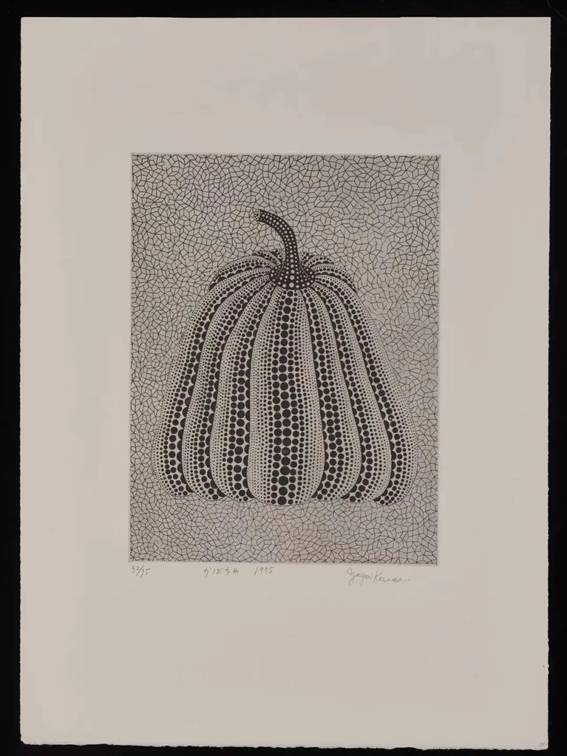
Pumpkin (black)
Yayoi Kusama (1929-)

The Chinese civilization has a long history, extensive and profound, and Chinese objects have always been highly respected in Japanese culture. The charm of the Tang Dynasty and the complexity of the Song Dynasty made the isolated Japan urgently learn and imitate the Chinese culture. After the cultural fusion of a hundred years, although the shadow of Chinese culture can still be seen, it has been endowed with Japanese native attributes.
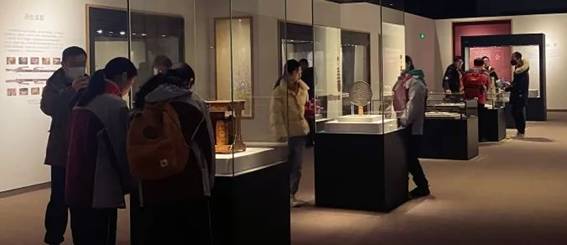
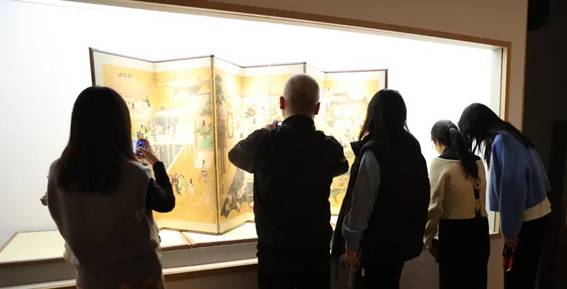
Through the external expression of objects, it is the internalized interpretation of objects and Zen, meaning and environment, aesthetics and philosophy in Japanese culture and art. These aesthetic keywords with national characteristics exist in Japanese art, life, society and other aspects, constituting the unique temperament of Japanese aesthetics.
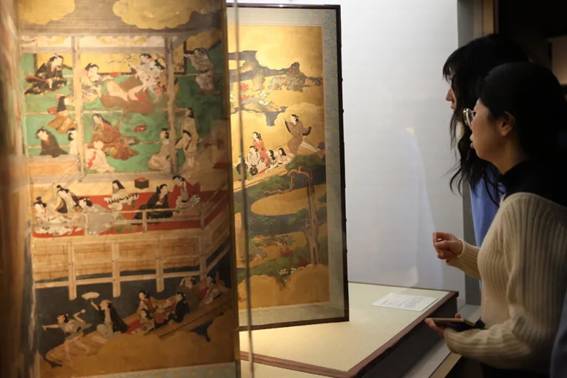
Through this exhibition of Japanese artifacts in collaboration with the Royal Ontario Museum in Canada, we are not surprised to see the integration and convergence of Oriental aesthetics.
“Lands apart, sky shared”.– This is the charm of Eastern aesthetics.
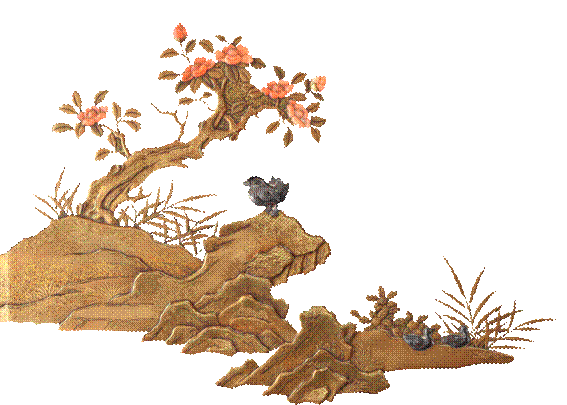
Pure Elegance of Eastern Aesthetics ——The World Expo Museum gratefully acknowledges ROM's generous contribution to the exhibition
Time: January 27 to April 7, 2024
Venue: Exhibition Hall 1, World Expo Museum
Ticket price: Free